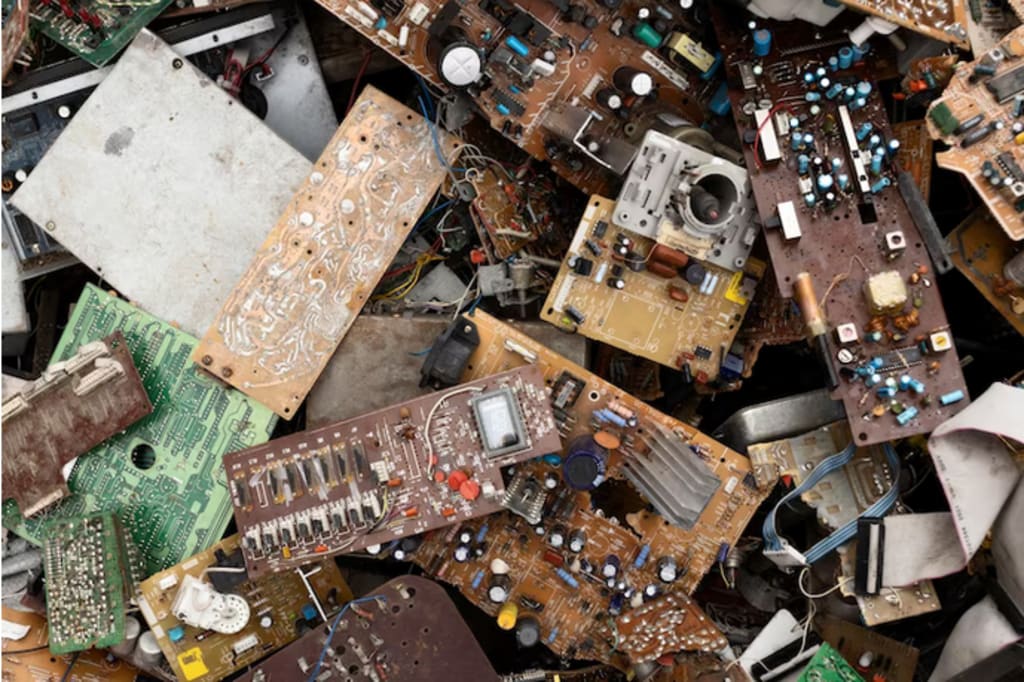Empowering Sustainability: Unveiling the Vital Role of Battery Recycling Companies
battery recycling companies

In today's rapidly evolving world, where concerns about climate change and environmental impact are at an all-time high, the role of battery recycling companies has become more crucial than ever before. These companies are not just ordinary entities; they are the unsung heroes contributing to the sustainability of our planet by efficiently managing and repurposing used batteries, thus reducing their harmful effects on the environment. In this article, we delve deep into the intricate web of battery recycling, shedding light on the pivotal role these companies play in safeguarding our environment and fostering a greener future.
Understanding the Environmental Challenge
The surge in technology adoption has led to an exponential increase in battery consumption. From smartphones to electric vehicles, batteries are integral to modern life. However, their widespread use comes at a cost – the challenge of disposal and potential harm to the environment. Traditional methods of battery disposal can lead to toxic chemicals leaching into soil and water, causing irreparable damage to ecosystems. This is where battery recycling companies come to the rescue.
The Battery Recycling Process: A Complex Symphony
Battery recycling is not a mere mechanical process; it's a sophisticated symphony of technology, innovation, and environmental responsibility. The process involves several intricate steps:
1. Collection and Sorting
Battery recycling companies collaborate with various industries and consumers to collect used batteries. These batteries are then meticulously sorted based on chemistry and size. This step is crucial to ensure the safe and effective processing of different types of batteries.
2. Safe Discharge
Before any recycling process begins, batteries are discharged to ensure safety during handling and recycling. This discharge prevents potential hazards and prepares batteries for further processing.
3. Dismantling
In this phase, batteries are disassembled, and their components are separated. This step is essential for extracting valuable materials like lithium, cobalt, and nickel, which can be reused in the production of new batteries.
4. Chemical Processing
The components are subjected to various chemical processes to extract reusable materials. Advanced technologies are employed to ensure minimal waste generation and maximum material recovery.
5. Purification and Refining
Extracted materials go through purification and refining processes to meet industry standards. This results in high-quality materials that can be seamlessly integrated into the battery manufacturing process.
6. Manufacturing
The refined materials are then used in the production of new batteries, closing the loop on the recycling process. This significantly reduces the demand for raw materials and minimizes the environmental impact of battery production.
The Environmental Impact of Battery Recycling
The positive impact of battery recycling extends far beyond waste reduction. By reclaiming valuable materials from used batteries, recycling companies contribute to a significant reduction in greenhouse gas emissions and energy consumption associated with the extraction and processing of raw materials. This not only conserves natural resources but also aids in the fight against climate change.
The Economic Perspective
Apart from the environmental benefits, battery recycling also holds economic advantages. The extraction and refinement of raw materials from used batteries are often more cost-effective than traditional mining methods. Moreover, a robust battery recycling industry creates job opportunities, fosters innovation, and strengthens the circular economy.
Innovation and Future Prospects
The battery recycling landscape is not stagnant; it's a realm of constant innovation. Researchers and companies are continuously developing new techniques to improve battery recycling efficiency and enhance material recovery rates. From novel separation methods to advanced purification technologies, the future of battery recycling is promising.
Conclusion
As the world shifts its focus towards a more sustainable future, battery recycling companies stand at the forefront of this movement. Their tireless efforts to extract value from used batteries, while minimizing environmental harm, are commendable. The comprehensive battery recycling process, which involves collection, sorting, safe discharge, dismantling, chemical processing, purification, refining, and manufacturing, showcases their dedication to a greener planet. The positive environmental impact, coupled with economic advantages and ongoing innovation, makes battery recycling companies pivotal players in shaping a brighter, sustainable future.
About the Creator
Enjoyed the story? Support the Creator.
Subscribe for free to receive all their stories in your feed. You could also pledge your support or give them a one-off tip, letting them know you appreciate their work.





Comments
There are no comments for this story
Be the first to respond and start the conversation.